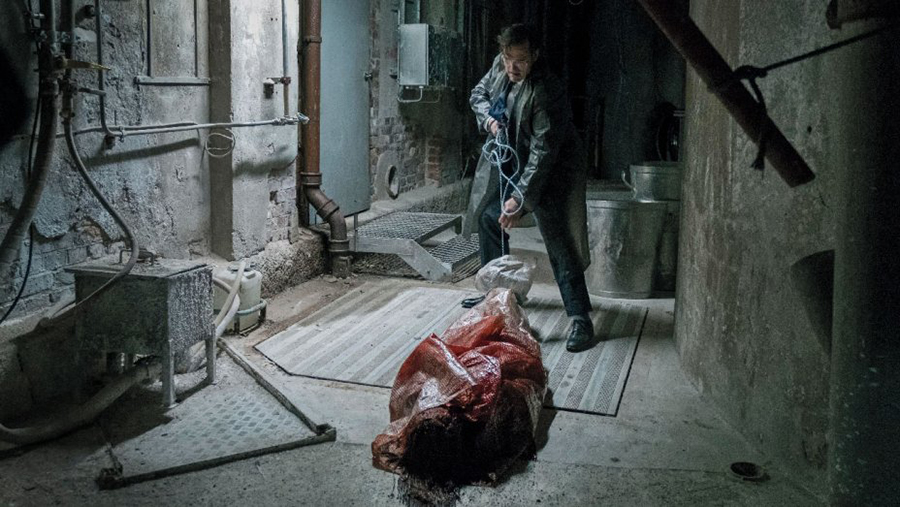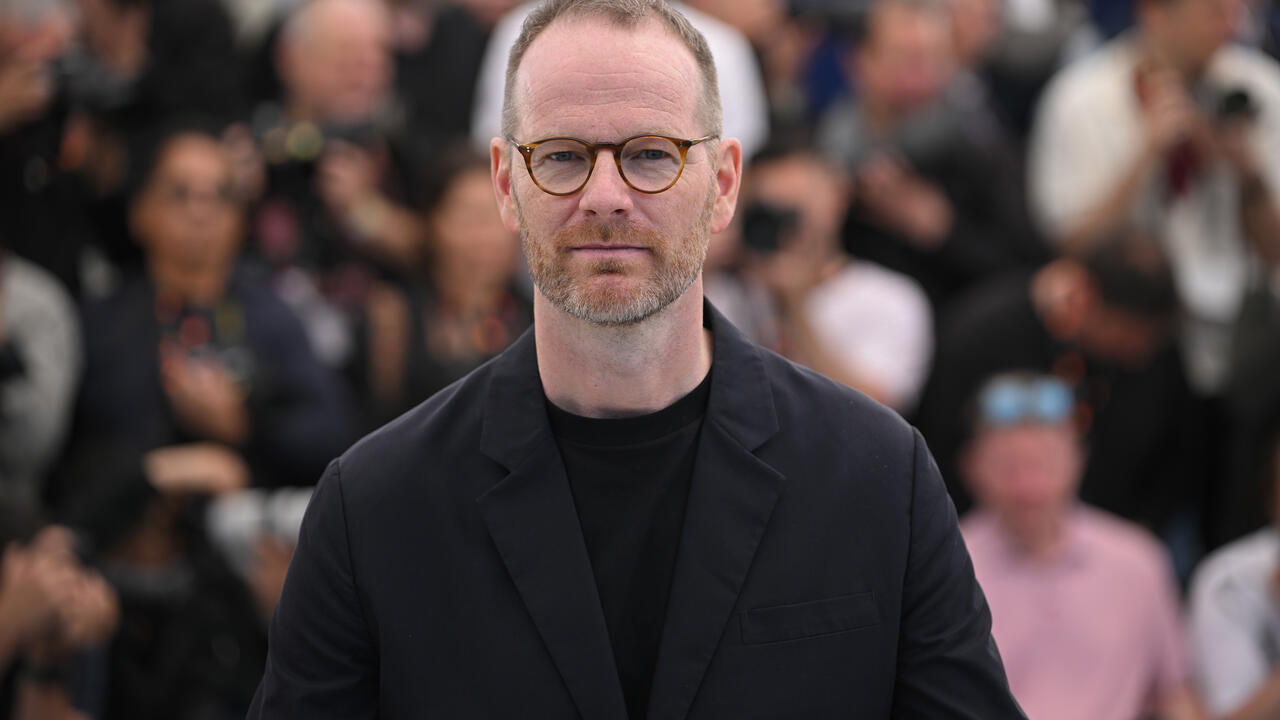Beyond the Arthouse Bait-and-Switch of Lars von Trier’s ‘The House That Jack Built’, the Director’s Cut
It’s possible to think of the director as a troll first and serious director second – this is understandable, but regrettable
It’s possible to think of the director as a troll first and serious director second – this is understandable, but regrettable

Last Wednesday, a hundred-plus American theatres hosted a new Lars von Trier film, in its ‘director’s cut,’ for one night only. It’s impossible to imagine any of Von Trier’s still-working contemporaries from, say, the 1996 Cannes Film Festival (where his international breakthrough Breaking the Waves premiered) having their latest films released this way: no such fate awaits Hou Hsiao-hsien or Mike Leigh.
The House That Jack Built (2018) arrived, carnival-barker style, as a viewer-testing orgy of extreme thrills, but it’s actually a very late-period-auteur movie which continues Von Trier’s longtime formal gambit (a widescreen, performance-foregrounding and conspicuously handheld camera style, courting utilitarian ugliness, interpolated with bits reminding you he can go hyper-formal at will) while self-reflexively reorganizing his general preoccupations. A few grody but brief insert shots aside, The House That Jack Built is no serial killer slasher but two and a half hours of uneasy black comedy carried by Matt Dillon’s unreadable (hence unpredictable, hence funny) murderer, leavened with plenty of discussion about church architecture, art and morality.

The House That Jack Built has as much to do with violence as Nymphomaniac (2013) had to do with sex – i.e., not much. The idea of a ‘director’s cut,’ the uncut version of a vision so shocking that wider release demands compromises, is marketing sizzle. Where Nymphomaniac’s director’s cut was a full hour longer than the cutout theatrical release, with much more philosophical disquisition, it’s hard to imagine that the non-director’s-cut of The House That Jack Built will be significantly different after it’s shorn of a few shots for ratings reasons.
Arthouse bait-and-switch marketing is not without precedent: Ingmar Bergman’s Summer with Monika (1953) was initially released in the US in a recut version with marketing predicated on the promise of female nudity, also the main attraction of Vilgot Sjöman’s Swedish diptych I Am Curious (Blue) and (Yellow) (1967–8). The House That Jack Built’s marketed allure is predicated instead on violence, its target audience presumably hardcore gorehounds drawn by reports of walkouts at Cannes (over 100; possibly there was one theatre booked for each fleeing viewer). Acting the provocateur, once a not-uncommon self-hyping tactic, is no longer in fashion. What was once a supplement to his films has become Von Trier’s dominant public image – and, for a generation of younger viewers that first learned of him via Antichrist (2009), it’s possible to think of the director as a troll first and serious director second. This is on-trend and understandable, but regrettable.

Von Trier’s first decade of work (from 1984’s The Element of Crime) was hyper-formalist and lugubriously gorgeous; from Breaking the Waves onwards, performers took priority over an overtly masterful style (‘masterful’ can be used pejoratively, of course, but the intent to earn it is clear). The House That Jack Built is built around five killings, but its primary appeal is still performer- and dialogue-centric, neither visceral nor emotional (as in Von Trier’s most accepted work of the millennium, 2011’s clinical depression fantasia Melancholia), but the chance to see Von Trier find new forms for familiar motifs.
Most obviously, in The House That Jack Built, there’s a montage of his own films (Von Trier claims the decision was made because excerpts from Kubrick and Tarkovsky he had in mind to put over a monologue about art were too expensive to clear, and his own work was free). Some callbacks are hardly less overt, for example, the continuation of a career-long obsession with David Bowie, featured previously in Breaking the Waves (‘Life on Mars’) and 2003’s Dogville (‘Young Americans’); this time the cut is ‘Fame.’ After one of Jack’s killings, Von Trier uses another overhead shot, of the type he deployed regularly in Dogville to gaze down on his Brechtian soundstage set; here, it’s revisited as a conspicuously arranged tableaux of carnage, bodies surrounded by rocks forming a widescreen frame-within-a-frame.

It was strange to see The House That Jack Built presented so gaudily, with taped intros from Von Trier (who began his remarks with ‘Hello you bold people of America’ and closed with ‘Never another Trump’) and Dillon, in the same theatre where, 13 years ago, I’d seen the director conduct a Q&A via video conference. Back then, he was still a Respected International Arthouse Director, whose Manderlay (2005) would receive, de facto, serious consideration if not actual approval. All I remember about that Q&A was a particularly cringe-inducing exchange between Von Trier and a film student who, for no real reason, asked about Godard’s influence. Von Trier shut down the question, hilariously so, by claiming he’d seen very few of Godard’s films and thought about them even less; it was a good way of deflating a very freshman film school moment, but also totally implausible.
If Von Trier hadn’t seen Godard then, he certainly has now. Godard made his personality and a wide range of citations inseparable from the text of his films, and Von Trier is now doing much the same. First and chief among these citations is footage of Glenn Gould, a perfect metaphorical stand-in for Von Trier. Gould stopped playing live early in his career, musically focusing exclusively on studio work – just like the flying-averse Von Trier, who’s been making films set in an ‘America’ entirely of his own construction since Dancer in the Dark (2000). Gould’s signature was the loud humming so integral to his performance and captured in his recordings, a way of elevating and granting the performer supremacy over the piece that’s ostensibly the focus. So too Von Trier, whose hum – his anxieties, interrogation and amplification of his objectionable public self, recurring obsessions – dominates whatever genre he’s ostensibly taking on.
Main image: Lars von Trier, The House That Jack Built, 2018, film still. Courtesy: IFC Films





















